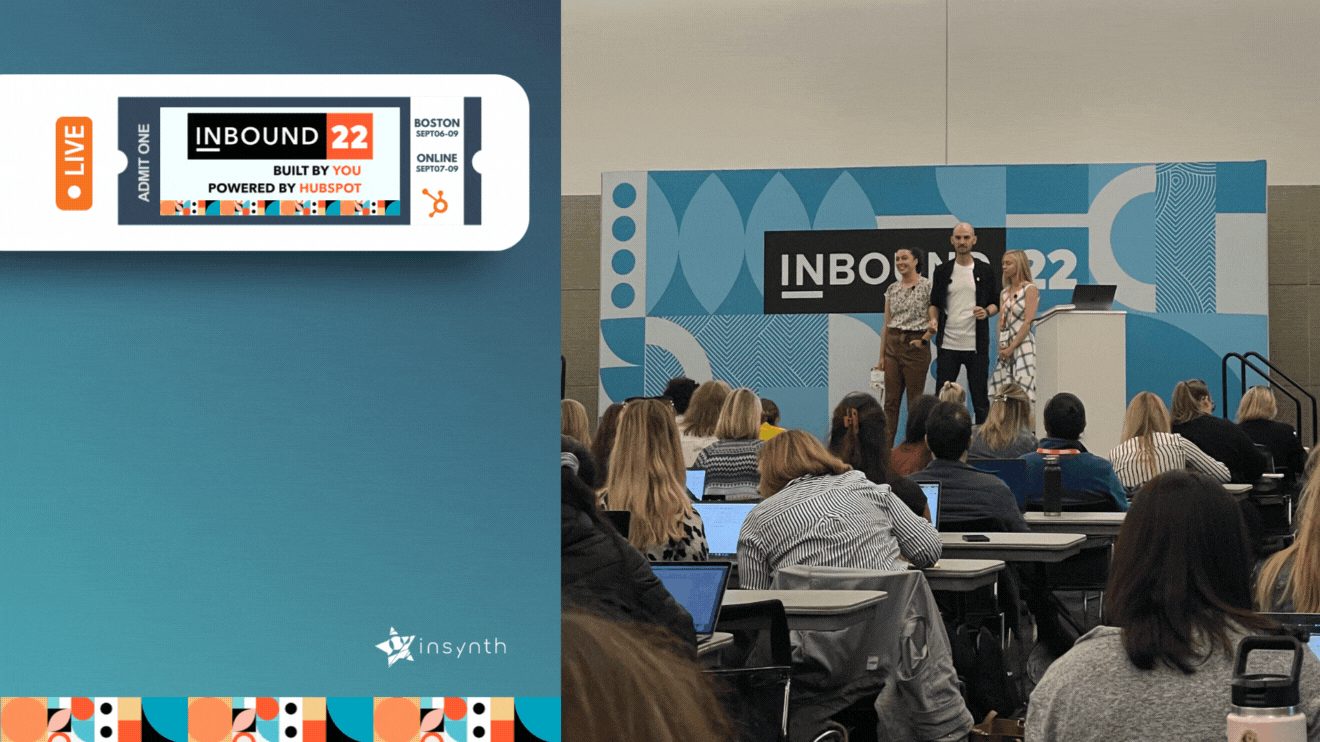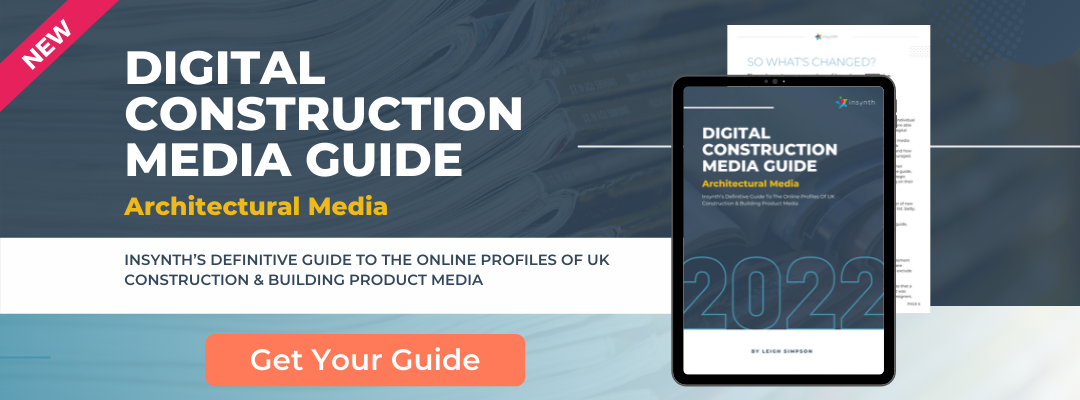
Live From #INBOUND22
Your event is over, now what?
What happens after the event is often more important than the event itself. Attendees are buzzing with enthusiasm from your event, but marketers often miss the prime opportunity for targeted follow-up.
In this session by Lauren Grady, Sara Essember, Rachel Heller and Oren Berkovich we'll explore how to turn a freshly captivated audience into an ongoing community ready to take action.
Read on to find out how to captivate your audience after your live event…
Post-Event Vision Vs Reality
It's assumed when the event ends and you’re thanking attendees, you’re subscribing them to the newsletter and scheduling demos etc.
So, what ACTUALLY happens?
- 80% of tradeshow leads are not followed up on
- 62% of leads, in general, are not followed up on
How Do We Bridge This Gap? When Do You Start Planning Event Follow-Up?
Improving the overall experience and interaction makes it more likely those attending to recommend you and come to future events. So how do you follow up on leads?
A framework that can be used is:
Audience
- Clear alignment on goals, targets and purpose
- Define all aspects of the audience
- Identify actions each attendee should take during and after the event
- Confirm everyone's role to drive the audience
Content
- Assets to drive engagement and education before the event starts
- Emails cadence leading up to the event
- Landing pages
- Ads and social
- Sales enablement – call scripts and email templates
Measurement and refinement
- Define target registration by channel
- Set quote for each team
- Ensure tracking for every channel (UTM)
- Measure every touch and adjust messaging or audience
- Communicate stats often
Acquisition
1:1
- Personal landing page
- Direct email
- Email from executive
- Social outreach
1:few & 1:Many
- Paid
- Organic
- Website
- Social blitz
Alignment model: DUCK model
Driver: project manager, the person who gets everyone on check
Ultimate approver: who’s signing off the plan and measuring risks?
Contributor: Actually doing the work and active in kick-off meetings
Key stakeholders: informed of the plan and scope and provide input
Pre-Event Best Practices
Make sure you’re planning and preparing for your event. Here’s a suggested timeline prior to the event:
3-4 months prior - define your audience and identify the action attendee should take.
2-3 months prior - determine assets, creatives and content. Define targets and set up tracking UTM’s for every channel.
6-8 weeks prior - activate promotion channels and measure every touch and adjust messaging or audience. Communicate stats often.
Go Live – execute sessions, engage the audience with polls, Q&As and traceable reactions. Gather feedback.
Post-Event Best Practices And Common Mistakes
Common mistakes lie with poor segmentation (i.e not separating leads who attended the event and those that did not).
Ensure findings are discussed with the broader team to share key insights and takeaways. This ensures all teams are aligned and can learn from the event too. It also means that sales and marketing will be aligned.
It’s now your time to repackage the experience and turn it into an eBook/webinar or a podcast.
Here’s a post-event timeline:
1-week post event –
- Share resources
- Apply lead scoring to route follow up
- Personalise outreach and offer a mix based on data
2-weeks post event –
- Launch strategy to surround represented accounts
- Enrol attendees in appropriate nurture
- Keep track of leads and opportunities
1-month post event
- Repackage content
- Activate promotional channels
- Measure performance
Next Steps
Even when your event is over, your attendees should continue to benefit from post-event interaction.
This will help you maintain a connection with your attendees and keeps the conversation centred on the educational aspects of your event.
Whether you’re aiming to gain new clients or build your contact list, event marketing may be the solution for you — and most fun for your customers.

